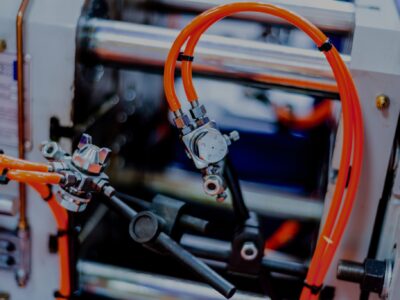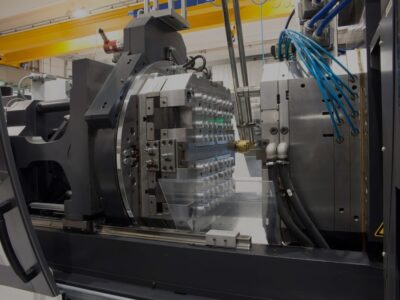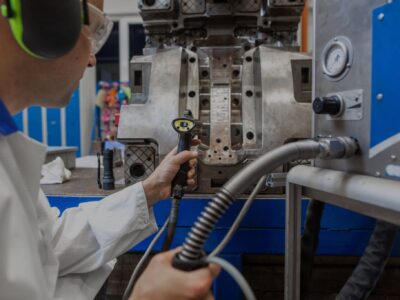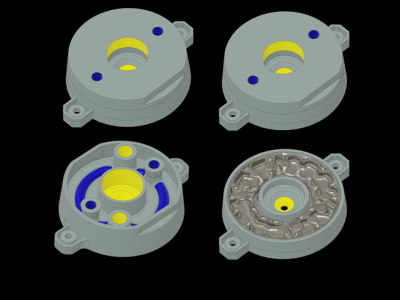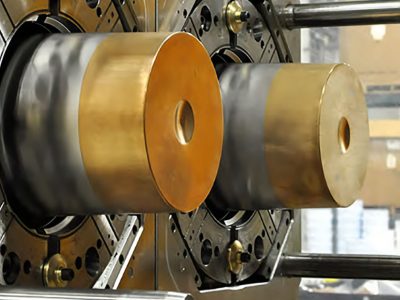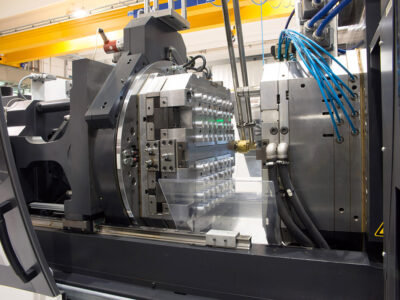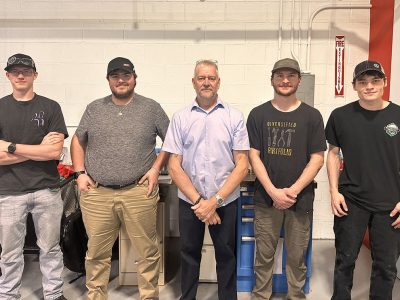Originally published on fastradius.com on January 21, 2021
Injection molding is a simple and effective manufacturing process with a rich history. The first injection molding machine was created in 1872 by John Wesley and Isaiah Wyatt, and used a plunger to inject plastic through a heated cylinder into a mold.
The injection molding industry progressed slowly after this initial development, but experienced a renaissance during the 1940s when World War II created a surge in demand for mass-produced products. James Watson Hendry built the first extrusion screw injection machine in 1946, which gave engineers greater control, and went on to make numerous contributions to the industry that define what we think of as injection molding today.
Today plastic injection molding can be found in a wide variety of industries, from aerospace, to packaging, to children’s toys. Though the technology has been around for many years, the field of injection molding, mold-making, and plastics continues to evolve in response to new technological advancements, market disruptions, and other social and economic factors.
Here are five key industry trends likely to shape the direction of mold-making, plastics, and injection molding in the coming year.
1. A global shift toward sustainability
Sustainability is an important consideration for any type of manufacturing, but the plastics industry has been especially scrutinized for its shortcomings in this regard. Since 1950, the world has produced 8 billion tons of plastic and only 9% of it has been recycled — the remaining 91% are either incinerated or left to accumulate in landfills. What’s more, it’s estimated that manufacturing alone accounts for 21% of all greenhouse gas emissions.
The rise of the eco-conscious consumer and a broader cultural shift toward sustainability have inspired manufacturing companies to examine their operations and think about how they can reduce waste. This can include running injection molding machines more efficiently to conserve power, creating products from 100% recycled materials, implementing renewable or hybrid power sources in manufacturing facilities, being more mindful of material waste, and more.
Although the sustainability trend is promising, product teams must be mindful of how these trends may affect their ability to meet critical project requirements. For instance, recycled materials can negatively impact the physical and mechanical properties of the end-part.
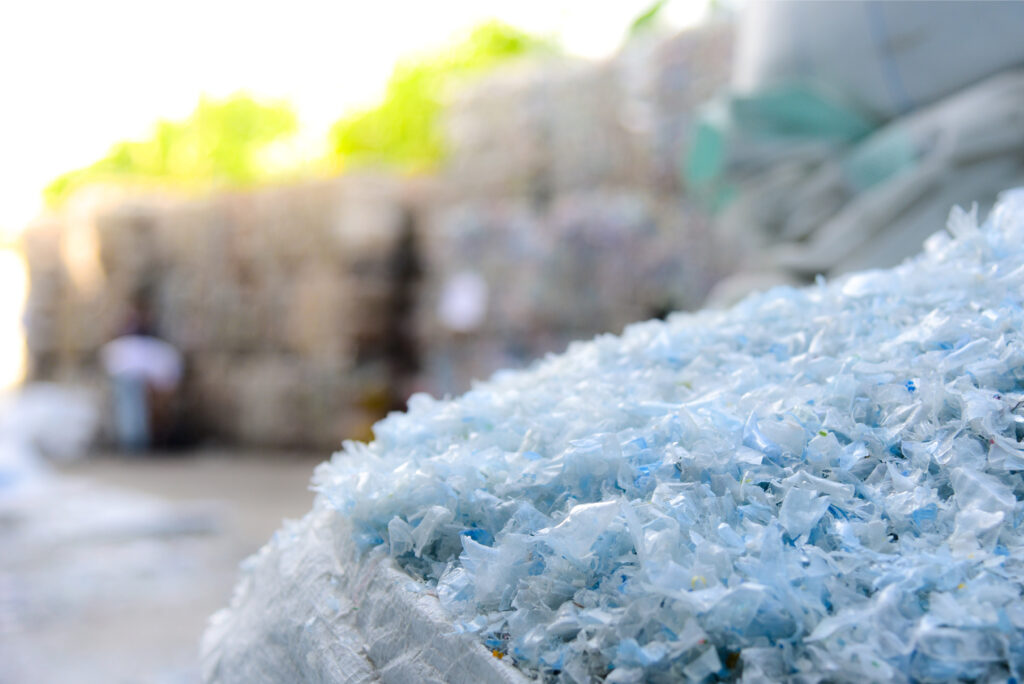
Many recycled plastic filaments on the market today have quality issues that hamper the ability to achieve consistently high-quality parts from one production run to the next. In this case, using virgin plastic filament might be the best way to achieve a clean, functional part. Moving away from virgin plastic and toward a more sustainable future will take time and research, but it’s a worthwhile endeavor for most manufacturing companies.
2. A renewed interest in bioplastics
Inspired by the sustainability trend, many manufacturers are exploring the benefits of using bioplastic for mold-making and injection molding.
Bioplastics, or PLA bioplastics, are alternatives to petroleum-based plastics that are derived from biomasses like corn, sugarcane, seaweed, or even shrimp shells. Bioplastics are biodegradable, carbon-neutral, and break down to just biomass, carbon dioxide, and water in natural environments. If manufacturers create products and packaging from bioplastics, they can help create momentum toward more eco-friendly markets and reduce environmental harm.

This trend is already showing a lot of promise. According to European Bioplastics, the global market for bioplastics is expected to jump 25% by 2023. Even though PLA bioplastics are environmentally-friendly and offer mechanical properties that are comparable to petroleum-based polyesters, product teams must be mindful of this material’s limitations.
For instance, bioplastics are not completely pollution-free because there are still harvesting, refining, and shipping costs to consider, even though the material itself is renewable. Also, bioplastics’ recyclability can be easily compromised. Bioplastics are often combined with non-recyclable polymers to increase their strength, and these hybrid bioplastics will decompose to non-toxic materials in three months under specific composting conditions. However, if these hybrid bioplastics end up in a traditional landfill, that same decomposition can take at least 100 years.
3. Experimenting with material alternatives
In 2020, the use of composite materials stood out as one of the major trends in the automotive and aerospace industries — and we expect this trend to continue. A composite material is a heterogeneous mixture of two or more materials that are brought together to make a stronger overall product. Engineers can make the material even stronger by adding glass or carbon fibers to the surrounding polymer matrix.
Pound per pound, composites are stronger than high-performance materials like steel and more lightweight, making them ideal for many automotive, aerospace, and construction applications. Composites offer product teams a durable, flexible, and cost-effective alternative to the materials they’re accustomed to using for mold-making and injection molding. Manufacturers and engineers should expect to see more composite materials, especially as they gain more traction in the medical and military spaces.
4. An increase in demand for lightweight materials
Across the board, consumers and manufacturers want lighter products. In the automotive and aerospace sectors, lighter parts often translate to better gas mileage or longer battery life.
When it comes to medical device manufacturing, joint replacements and stents made out of lightweight materials can dramatically improve patient outcomes. As the lightweighting trend dovetails with the increased use of composite materials, engineers and product teams should incorporate weight considerations more readily into their design plans.
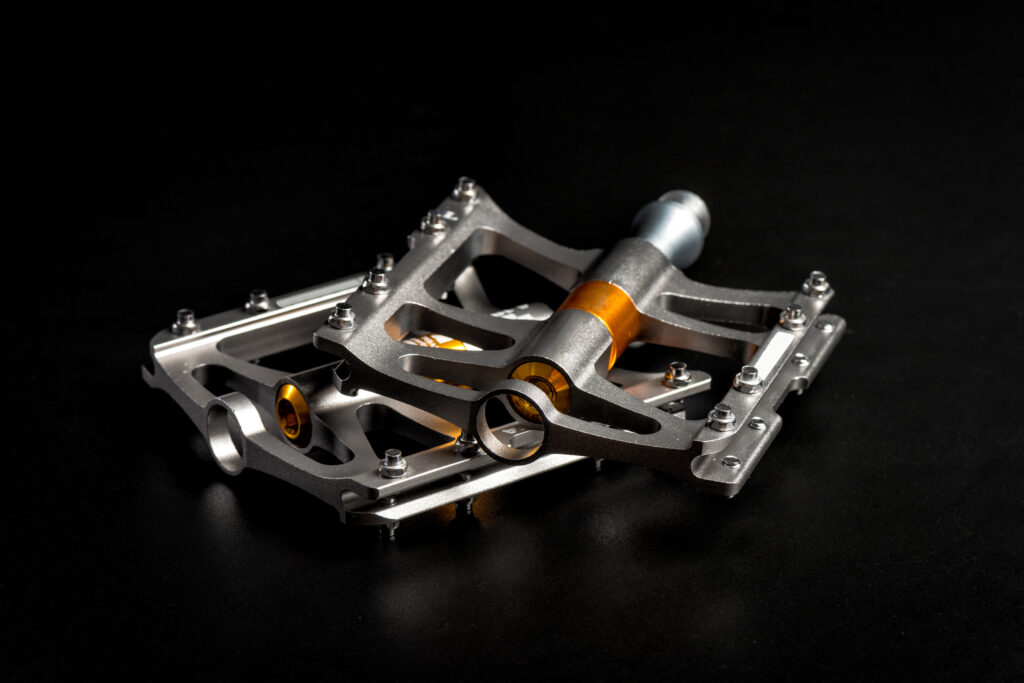
5. Increased use of automation
Automation and the increased use of software, machine learning, and advanced analytics in manufacturing are growing trends likely to continue. Today’s programming is simpler than it was in years past, which leads to faster production cycles, reduced downtime, and more efficient maintenance.
Automation also offers more control of the injection molding process. Manufacturers, engineers, and product teams should seize the opportunity to use software to advance mold-making and injection molding if they haven’t already done so.
Designers and product teams should also leverage mold flow analysis to maintain a competitive edge. Mold flow analysis uses software to simulate the injection molding cycle and predict how the mold will be filled, which is especially useful during the design phase. Engineers can use mold flow analysis to test for shrinkage, warpage, irregular fill patterns, and much more before moving on to prototyping. This intelligent software can also predict how the mold will react when injected with pressurized molten materials.
The technology can be expensive, but the technical and economic advantages far outweigh the costs.
Looking to the future of mold-making
Some manufacturers, engineers, and product teams might be tempted to return to the status quo, but they can achieve better results by seizing upon some of the valuable opportunities spelled out in the aforementioned trends. Automation, lightweighting, and a renewed commitment to environmentally-friendly manufacturing are sure to shake up mold-making very soon. A seasoned manufacturing partner can help product teams make their next move their best move.
When product teams partner with SyBridge, they get the best of both worlds — experience and innovation. We’ve spent years perfecting multi-process on-demand manufacturing and with that solid foundation, we’re free to keep our fingers on the pulse of what’s next in mold-making, plastics, and injection molding. Our partners can expect low scrap rates, low labor costs, and expert design and engineering assistance throughout the product development, production, and fulfillment stages. Contact us today for a quote — let’s create something incredible.

